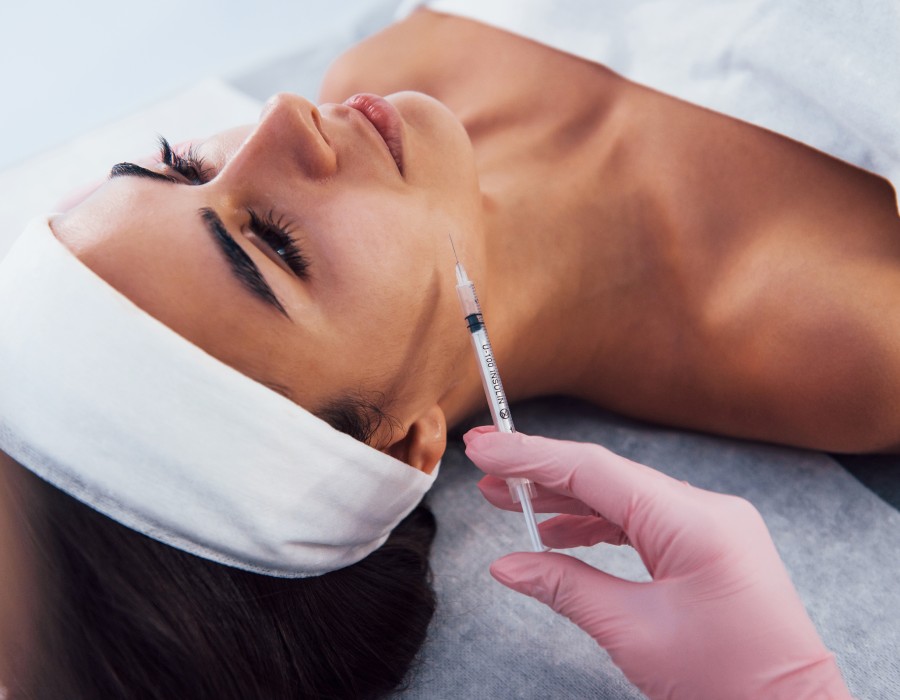Facial treatments have grown increasingly popular among people who want to achieve smoother, more youthful skin without undergoing invasive procedures. One of the most sought-after treatments today is the botox treatment for face, which helps reduce fine lines and wrinkles effectively. For those new to this process, understanding what happens during and after the session can ease anxiety and set realistic expectations.
What is Botox Treatment?
How It Works
Botox is a purified protein derived from botulinum toxin that works by temporarily blocking nerve signals to targeted muscles. This results in muscle relaxation, which helps smooth out wrinkles and expression lines commonly seen on the forehead, between the brows, and around the eyes.
The botox treatment for face is typically administered via small injections and is often used to address issues like crow's feet, frown lines, and horizontal forehead lines.
Suitability
Botox is best suited for individuals in good overall health who are looking to minimize the appearance of dynamic wrinkles—those formed by repeated facial expressions. It’s important to consult with a certified medical professional to assess your suitability for the treatment.
Preparing for Your Botox Session
Initial Consultation
Your Botox journey begins with a consultation. During this session, the medical provider will evaluate your skin condition, discuss your goals, and determine if the botox treatment for face is the right option for you.
You’ll be advised to:
- Avoid alcohol and anti-inflammatory medications for a few days before treatment.
- Stay hydrated.
- Discuss any allergies or medical conditions that may interfere with the treatment.
Day of the Treatment
On the day of your appointment, make sure to arrive with a clean face. Avoid using makeup or heavy skincare products. The treatment area will be sanitized before the procedure begins.
What Happens During the Botox Treatment Session?
Quick and Minimally Invasive
A typical Botox session lasts about 15 to 30 minutes. The practitioner will use a fine needle to inject small amounts of Botox into specific facial muscles. The number of injections depends on the areas being treated and your facial anatomy.
Mild Discomfort
Most patients report only mild discomfort, similar to a pinprick. Some professionals may apply a topical numbing cream to reduce any sensitivity. There is no need for anesthesia, and the procedure is generally well tolerated.
What to Expect After the Treatment
Immediate Post-Treatment Effects
You may experience slight redness, swelling, or bruising at the injection sites. These effects are temporary and usually subside within a few hours to a couple of days.
Other things to keep in mind include:
- Do not rub or massage the treated areas for at least 24 hours.
- Avoid strenuous activities for the rest of the day.
- Keep your head elevated and avoid lying down flat for at least four hours post-treatment.
When Will You See Results?
The results from a botox treatment for face are not instant. You’ll typically begin to see changes within 3 to 5 days, with full results visible after 10 to 14 days. The effects usually last 3 to 4 months, depending on your skin type, lifestyle, and how your body metabolizes the Botox.
Possible Side Effects
While Botox is generally safe, some people may experience side effects such as:
- Headaches
- Drooping eyelids (ptosis)
- Dry eyes or excessive tearing
These symptoms are usually temporary and resolve on their own. If you experience prolonged discomfort, consult your provider.
Combining Botox with Other Treatments
Enhancing Results with Hydrafacial
Many people choose to combine Botox with treatments like hydrafacial treatment for even better results. A Hydrafacial cleanses, exfoliates, and hydrates the skin, which can complement the wrinkle-smoothing effects of Botox.
While Botox targets muscle activity beneath the skin, hydrafacial treatment works on the surface to improve tone, texture, and hydration. This combination can leave your skin looking refreshed and youthful both immediately and over time.
Maintenance and Long-Term Expectations
To maintain the benefits of Botox, you’ll need follow-up sessions every few months. Keeping a consistent schedule helps prevent the return of fine lines and deep wrinkles.
A healthy skincare routine and lifestyle can also extend the longevity of your results. Drink plenty of water, wear sunscreen, and consider integrating periodic hydrafacial treatment sessions for ongoing skin health.
Final Thought
Understanding what to expect during and after a Botox session can help you approach the treatment with confidence. The botox treatment for face is a safe and effective way to reduce signs of aging, offering noticeable results with minimal downtime. When combined with complementary procedures like hydrafacial treatment, you can achieve a comprehensive facial rejuvenation strategy tailored to your skin’s unique needs.
If you’re considering a Botox facial treatment, consult with a qualified professional to explore your options and develop a personalized plan. With proper care and consistency, your skin can remain smooth, youthful, and vibrant for years to come.





Comments